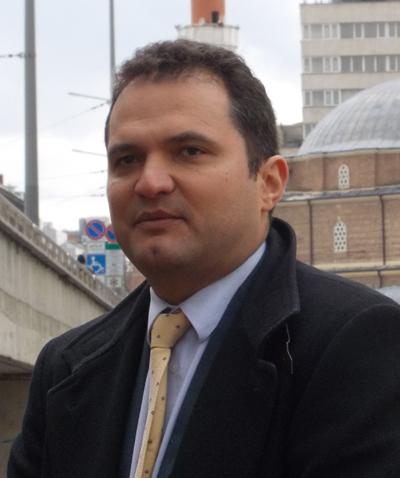“A city that grows but does not age” – this is the motto on the coat of arms of one of the most ancient cities in Europe, Sofia. We could add that it has safeguarded its history and takes pride in it. Excavations took place in the city centre in 2010 – 2012 in connection with the construction of the Serdica-2 subway station – that was how the Ancient Serdica Cultural Communication Complex project came to be launched.
Serdica is in fact the ancient name of the settlement, derived from the name of a Thracian tribe from antiquity – the Serdi. It was given city status at the beginning of the 2nd century AD, under the Romans, to become a boomtown at the beginning of the 3rd century. It continued to flourish throughout the 4th, 5th and 6th century. Parts of seven streets, two early Christian basilicas, nine large buildings, among them one residence with fascinating colour mosaics have been unearthed so far and they all date back to that period. Wooden constructions of 1st century homes have also been discovered – a rare find in archaeology - baths with a pool, dating back to the 4th century have also been found in the complex’ Northeastern corner. The excavations are being conducted by the National Institute of Archaeology with Museum.
The project’s final stage started on April 8. The complex is one of the biggest open-air museums in Bulgaria and will be fully functional by October. The restoration of the zone, covering an area of 8,000 sq. meters between Nezavisimost square and Maria Luisa Blvd., will be funded under the Operational Programme Regional Development.
The Ancient Serdica complex will have designated museum space for exhibiting different finds, recreational areas, areas for performing arts and exhibitions, an art gallery and a book store. Some of the finds will be put on show as they were discovered, the rest which has been unable to withstand the passage of the years will be reconstructed as realistically as can be.
 Here is more about the structure of the complex from Ivan Koleliev from the Ancient Serdica association:
Here is more about the structure of the complex from Ivan Koleliev from the Ancient Serdica association:
“Stairwells, a halfway terrace, a landing and four lifts will be constructed to make the site accessible to people with impaired mobility. There will be halls, equipment premises as well as zones which will host cultural events. The antiquities here will be combined with all modern urban environment requirements. It will in fact be an open-air museum that will be able to welcome a great many visitors.”
As Sofia Mayor Yordanka Fandukova put it, Sofia municipality has invested and will continue to invest in the city’s cultural and historical heritage. In order to preserve the finds, the subway station blueprint had to be changed five times.
Passers-by were thrilled and stopped to watch the last stage of the project even though it was cold and raining. Would they like to visit Serdica once it is finished? The answer from Snezhana Ivanova, who has just arrived in Sofia:
“Of course I would, by all means. That is precisely why I made my way here to see how far things have got. It is sure to be well structured with lots of interesting things to see because there are archaeological excavations here. We are sure to see fascinating things from our past.”
She added that there were many ancient sights in her home town Russe which too are well worth seeing.
Margarita Dasheva, who was taking a walk with her young daughter and reading the sign, describing the works at the ancient complex, adds:
“I would love to visit it. My daughter is still young but I have constantly been telling her things about our history and hopefully, they will stick in her mind so that when she is grown up, she will be acquainted with them.”
English version: Milena Daynova
The Bogdan Khmelnitsky Melitopol State Pedagogical University, together with the Shumen University "Bishop Konstantin Preslavsky", organize the ninth International Bulgarian readings "Youth in Science without Borders", which will be..
"Bulgarians decorate the world," tells us Emilia Juеcker, who has been living in Germany for decades. The diversity of our cultural traditions, literature, and folklore is at the heart of the seventh annual meeting "Bulgarian Speech, Music, Colors and..
The second edition of the Festival of Bulgarians and Descendants of Bulgarians in Argentina will be held on November 30 at the San Juan Bosco School in the Argentine city of Comodoro Rivadavia. “This Saturday, our beloved society will welcome..
The Bogdan Khmelnitsky Melitopol State Pedagogical University, together with the Shumen University "Bishop Konstantin Preslavsky",..

+359 2 9336 661
